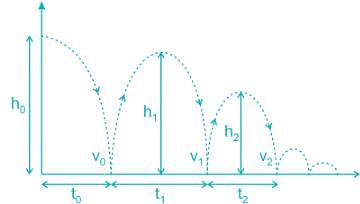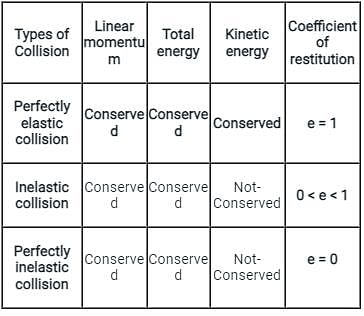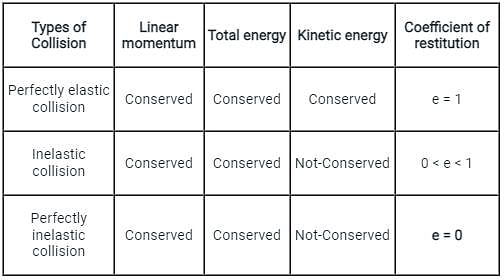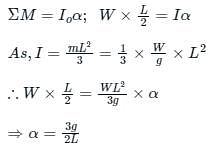Test: Kinematics and Kinetics - Mechanical Engineering MCQ
10 Questions MCQ Test - Test: Kinematics and Kinetics
A particle moves in a straight line. Its position is defined by the equation x = 6t2 − t3 where t in seconds and x is in meters. The maximum velocity of the particle during its motion will be
| 1 Crore+ students have signed up on EduRev. Have you? Download the App |
The angular velocity (in rad/s) of a body rotating at N r.p.m. is
A Particle is dropped from a height of 3 m on a horizantal floor, which has a coefficient of restitution with the ball of 1/2. The height to which the hall will rebound after striking the floor is
During elastic impact, the relative velocity of the two bodies after impact is _______ the relative velocity of the two bodies before impact.
The linear velocity of a body rotating at ω rad/s along a circular path of radius r is given by
When a particle moves along a straight path, then the particle has
The co-efficient of restitution of a perfectly plastic impact is
A pin jointed uniform rigid rod of weight W and Length L is supported horizontally by an external force F as shown in the figure below. The force F is suddenly removed. At the instant of force removal, the magnitude of vertical reaction developed at the support is

When a particle moves with a uniform velocity along a circular path, then the particle has































